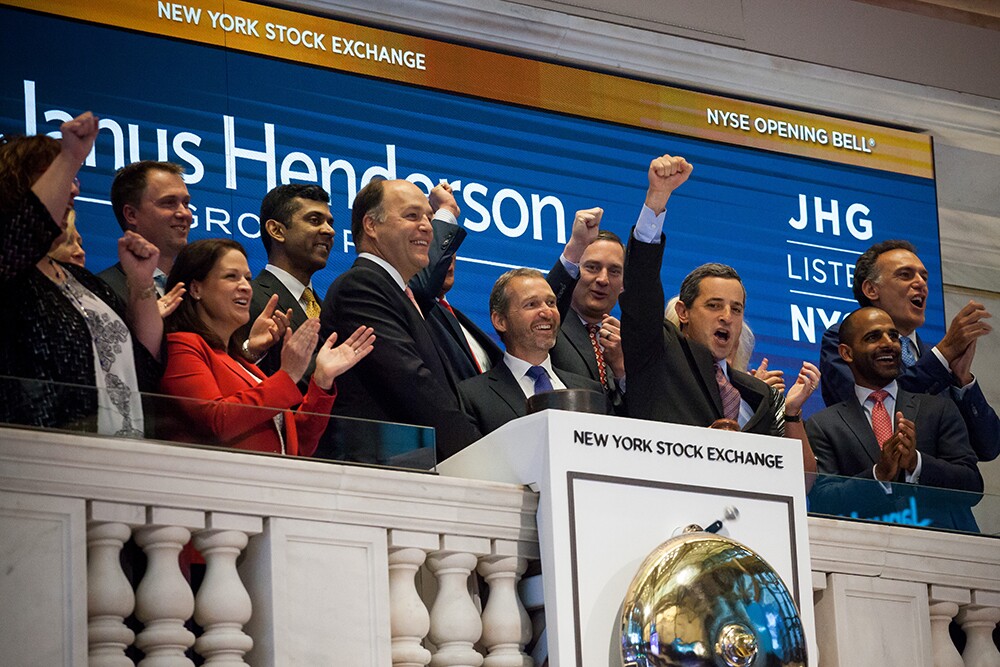Janus Henderson Investors reported its seventh straight quarter of net outflows Wednesday.
The active asset manager experienced $9.8 billion in outflows over the three months ending June 30. This follows $7.4 billion in outflows during the first quarter of 2019. “Our investment performance and financial results in the second quarter and over longer periods are strong; however, the net flow result remains challenging,” said Dick Weil, CEO of Janus Henderson, in a statement.
Strong markets led to total assets under management increasing quarter over quarter, from $357.3 billion to $359.8 billion, despite the outflows, according to the firm’s earnings presentation.
Janus Henderson was formed in May 2017, when Henderson Global Investors and Janus Capital Group merged.
[II Deep Dive: Janus Sees Assets Drop as Traditional Money Managers Struggle]
The firm lost a few high-level staffers this year. Legendary fund manager — formerly known as the “bond king” — Bill Gross retired in February. Then in June, the firm confirmed that its head of global equities Ian Warmerdam was also leaving.
Quantitative equities accounted for $4.1 billion of the firm’s outflows for the second quarter, while global emerging markets represented for $2.5 billion, the earnings presentation said. In the two prior quarters, outflows were driven more by alternatives, not equities, a chart in the firm’s earnings presentation shows.
During the second quarter of 2018, the firm’s outflows were much lower at just $2.7 billion, as compared to $9.8 billion, the presentation showed. “Overall, we are seeing improving trends across many areas of our business, but the current concentration of outflows is masking much of this progress,” Weil said in a statement.
According to the earnings presentation, Janus Henderson is working on linking investment goals with client outcomes to improve accountability and transparency. It’s also developing portfolio and risk management technology to increase its efficiency and building up talent following the departures of high-level staff.







